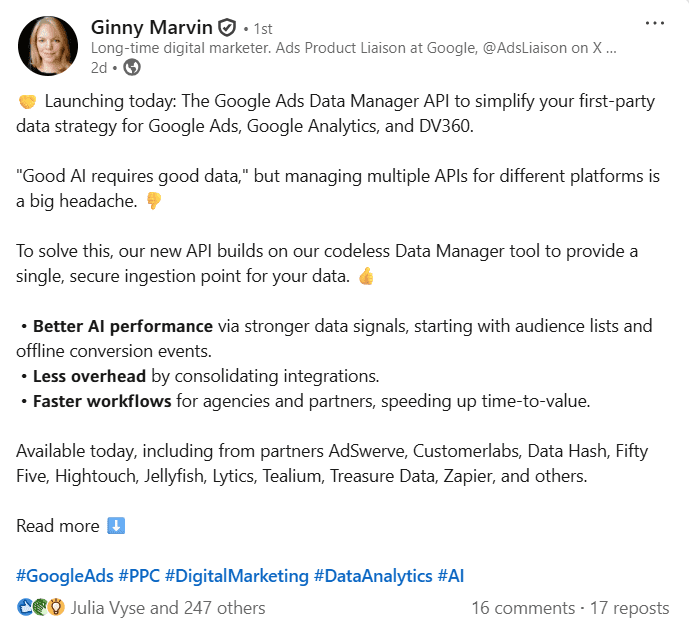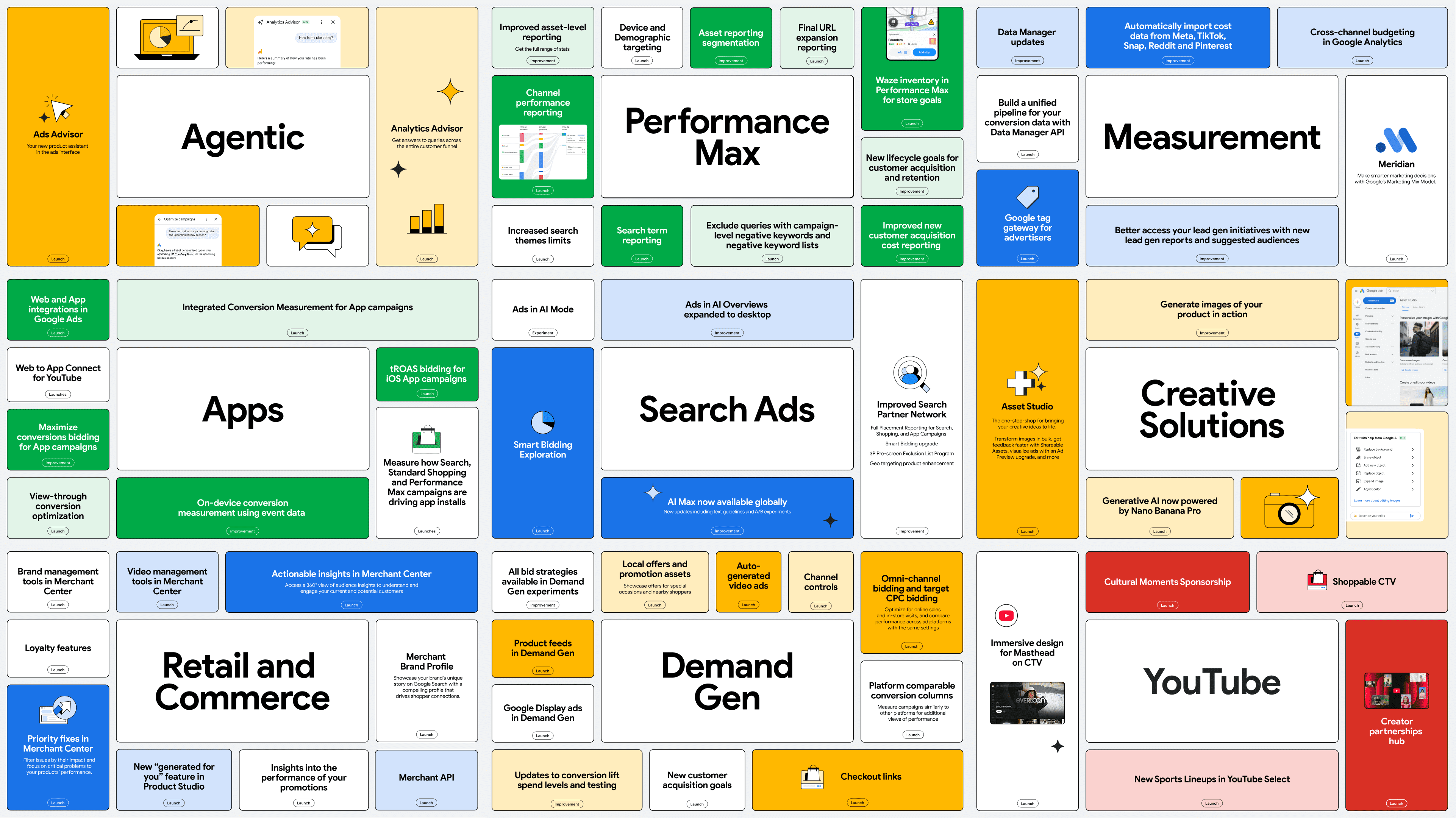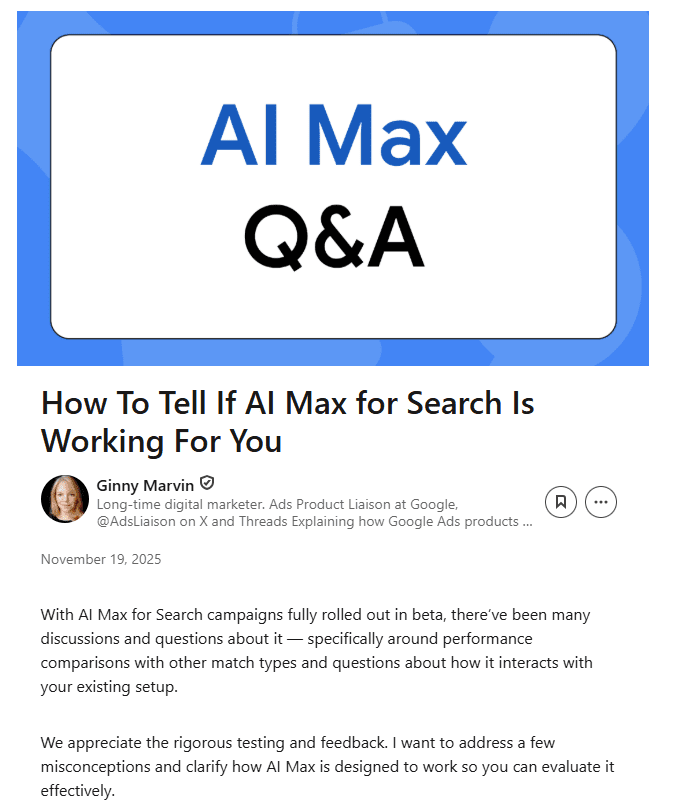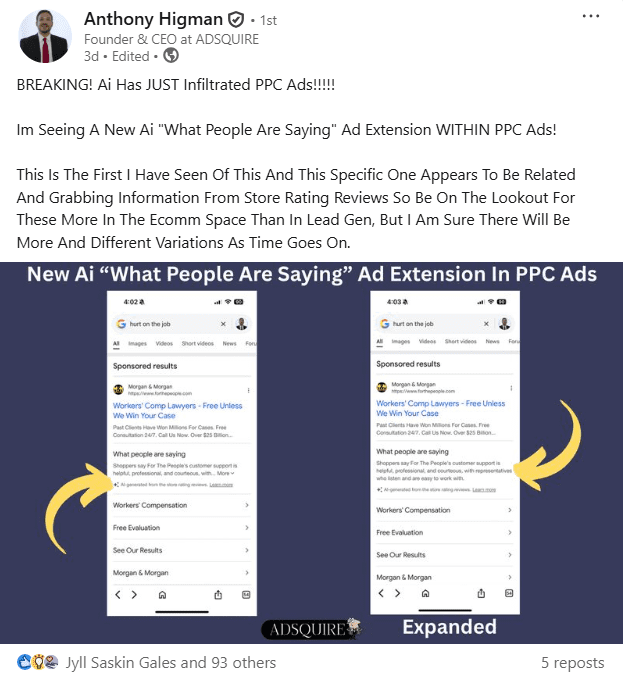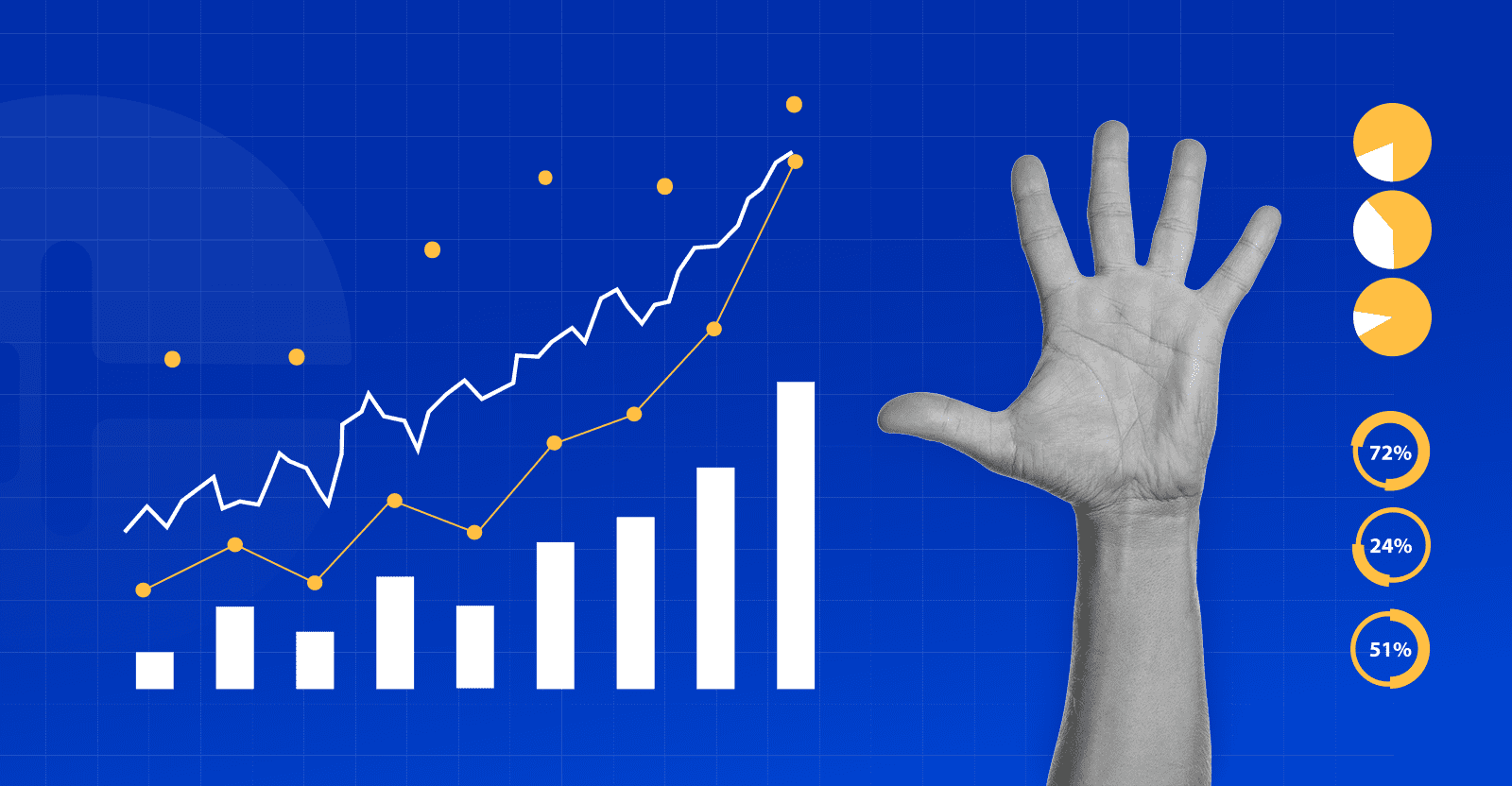Why Every Google Ads Account Needs To Run Scripts
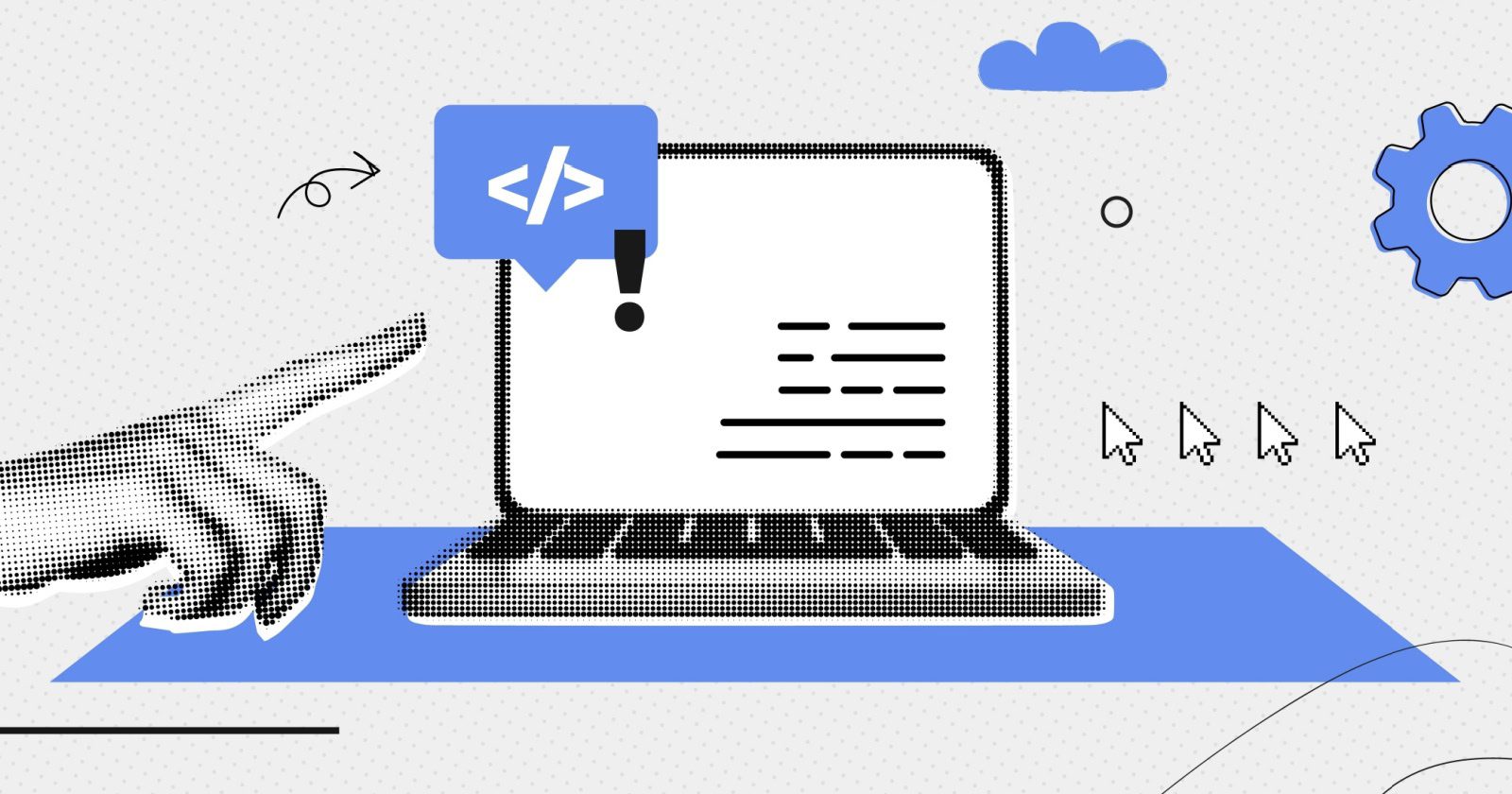
Most PPC marketers love talking about automation, Smart Bidding, and the latest AI-powered magic Google rolls out. But the truth is that none of those shiny features can save your account from the actual threats: human error, broken websites, overspending budgets, bad conversion data, brand safety violations … the list goes on and on.
That’s where Google Ads scripts come in.
Scripts are the unglamorous robots behind the scenes. They automate grunt work, protect your budget, enforce account hygiene, and alert you before a minor issue becomes a five-figure disaster. They’re free, easy to use, safe to test, and thanks to modern large language models, anyone can build or customize them – even without coding skills!
If you manage Google Ads accounts and you’re not using scripts, you’re working too hard and taking unnecessary risks.
I am here to tell you today: Every account should have Google Ads scripts running. Here’s why:
1. Automate The Grunt Work (The Tedious Tasks That Eat Your Life)
Every PPC professional has a short list of tasks they love … and a very long list of tasks they tolerate out of necessity. Scripts exist for that second list – the repetitive, time-draining, soul-evaporating work that must get done but doesn’t require human creativity.
Let’s look at some examples and include some free scripts.
Budget Pacing
Google has a very relaxed attitude toward daily budgets. One day, it only spends 60% of your daily budget; the next day, it decides to impress you with a 180% increased spend. Great. But not if your client expects a steady pace and has strict budget requirements.
A pacing script brings sanity by monitoring both daily and month‑to‑date spend, projecting where your budget will land by the end of the period, and alerting you whenever Google begins to overspend or drift off pace. It highlights pacing issues early and gives you room to adjust budgets proactively – or even automate those adjustments entirely.
Instead of hoping Google behaves, pacing scripts make sure your budget does.
Fixing Your Product Feeds
Any ecommerce manager will tell you: Feeds break constantly, usually at the worst possible moment (think Black Friday, or Christmas, anyone?).
Instead of leaving you to manually sift through thousands of items, scripts take on the heavy lifting. They can flag missing or invalid GTINs long before they cause disapprovals, detect broken product URLs that quietly tank performance, and surface best-selling items that have suddenly been disapproved.
Scripts also help uncover missing attributes such as sizes or colors (details that matter for relevance), and can even rewrite product titles dynamically using real search term data to improve impression quality and match user intent more effectively.
In short, Google Ads scripts help you maintain a clean, high-performing product feed that supports both Shopping and Performance Max success.
Automated Reporting
Manual reporting is tolerable for one account. Maybe two. Beyond that? No thanks.
The PPC Manager who screams “I love creating client reports” … be sure to tell me when you find one.
Instead of forcing you to manually assemble slides, screenshots, and spreadsheets, scripts take over the entire reporting pipeline. They can automatically export daily, weekly, and monthly performance reports, push the data directly into Google Sheets, and generate clean performance summaries without you lifting a finger. They also build trend dashboards that stay updated in real time, and can even work alongside an LLM to prepare and send a client email that includes the report, along with a short, auto‑generated overview of the key highlights.
You get reporting consistency without sacrificing your weekends.
2. Boost Account Performance & Cut Wasted Spend
Scripts don’t just save time; they actively improve performance. They reveal inefficiencies humans overlook and take action instantly.
Search Term Analysis & N-Gram Exclusions
N-gram analysis is one of the most underrated PPC tactics. It breaks queries into word chunks so you can identify patterns of waste.
Instead of manually combing through endless search term reports, a script can take over the entire process by pulling all queries, breaking them into n‑grams (small one‑, two‑, or three‑word patterns) and analyzing which of those patterns consistently fail to convert. It then identifies common waste phrases and can even auto‑suggest or apply negative keywords based on what it finds.
If “free,” “DIY,” or “near me” is burning budget across thousands of queries, you’ll know. And you’ll fix it.
Pausing Non-Converting Products in Shopping & PMax
No one has time to manually audit thousands of SKUs.
Scripts can automatically pause products after X spend without conversions, or down-bid poor performers by automatically placing them in a different campaign with higher tROAS and lower max CPC bids.
This is especially critical for PMax, which happily spends on products you wish it wouldn’t.
Excluding Bad Display Placements
Display inventory is unpredictable, and if you’ve ever taken a serious look at your placements report, you already know how messy it can get.
Click fraud, lead fraud, and brand safety violations are, unfortunately, daily realities in the Display ecosystem.
This is exactly where scripts earn their keep. Instead of leaving you to manually sift through questionable placements, a script can automatically detect low-quality inventory and remove it from your campaigns. It can identify and exclude MFA sites, pages associated with CSAM or malware risks, and the endless parade of children’s apps that chew through budget without producing meaningful leads. By continuously filtering out these problem areas, scripts can reduce Display waste anywhere from 20% to 60%, depending on your country and account setup.
Your brand will thank you.
3. Prevent Costly Mistakes Before They Burn Money
Scripts excel at catching issues early – before your budgets vanish or Smart Bidding crashes.
Broken Link Checker
A broken URL instantly tanks performance, and this is exactly where a link-checker script proves invaluable.
Instead of relying on manual checks, the script automatically crawls all your final URLs, scanning them for issues such as 404 errors, unexpected redirects, or pages that load so slowly they might as well be broken. When it detects a problem, it alerts you immediately, long before wasted spend or frustrated users pile up.
You avoid burning budget and annoying potential customers.
Out-Of-Stock Ad Pausing
Buying clicks to products that aren’t available is classic ecommerce pain.
Yes, a well-managed Shopping feed usually prevents this, but for standard Search ads, you’re on your own unless you automate the checks.
This is where scripts step in. They continuously monitor your product pages to detect when items go out of stock, when certain variants become unavailable, or when products are fully discontinued. Once a problem is spotted, the script automatically pauses the affected ads and then resumes them the moment stock returns, protecting both your budget and user experience.
Conversion Tracking Monitor
When conversion tracking breaks, everything breaks – and this is especially true for Google’s Smart Bidding, which becomes completely misaligned the moment your tracking data goes off.
A monitoring script can catch these issues early by watching for sudden drops in conversions, or unexpected spikes caused by duplicates. The script detects missing enhanced conversions, offline conversions that stop importing, or irregularities in how your tags are firing. It flags these problems the moment they appear, so you can intervene before Smart Bidding optimizes itself into chaos.
Trust me: When conversion tracking breaks, you want to be the first to know.
Some Personal Real-Life Examples
If the examples above haven’t convinced you yet, let me share some personal examples of how scripts saved my neck.
Account Down Alerts (The Friday 4:55 PM Nightmare Scenario)
Every PPC manager has lived this.
A real account alert in one of my clients’ accounts: “Your ads have stopped running – You reached your monthly account spend limit. To get your ads running again, increase your ad spend.”
This message arrived late on a Friday. No one was looking at the account at that time. Google didn’t send out an email.
If it weren’t for my script, we wouldn’t have noticed the issue until Monday, and the client would lose out on the weekend revenue.
Scripts can also act as “real-time account-down watchdogs” by alerting you when your ads suddenly stop serving, when billing fails, and payments can’t be processed, or when monthly or campaign-level spend caps are unexpectedly hit. They also catch situations where Google’s suspension policies kick in or when campaigns shut off without warning for any number of reasons. Instead of discovering these issues hours (or days!) later, scripts make sure you know the moment something breaks.
Here’s the thing: Google’s notifications aren’t always timely. Script alerts are.
Change History Monitoring (Protecting Your Account From Humans)
Some of the most dangerous changes made inside a Google Ads account come from people who shouldn’t have access, from automated third-party tools, or simply from changes that happen unnoticed over a weekend by some auto-applied suggestion.
A real-life example illustrates this perfectly: One of my clients installed a third-party tracking tool on a Saturday, and the tool quietly modified the account’s tracking templates. Those seemingly small edits broke conversion tracking entirely. If it had gone unnoticed, OCI would have been misaligned and Smart Bidding would’ve optimized against faulty conversion data, performance would certainly go down the drain. This is exactly the kind of situation scripts help prevent.
My Change History alert script flagged the edit instantly and luckily warned us before real damage was done.
Monitoring changes in your account is not paranoia. This is survival.
No Excuse Not To Use Scripts
There is literally no downside to using scripts, and they’re completely free to run. Scripts are safe because Google’s built-in Preview mode lets you test everything before making actual changes. They’re also incredibly easy to use since most scripts require nothing more than a simple copy-paste to get started. And if you want to customize them, they’re flexible as well; you can modify or extend almost any script with the help of AI in just a few seconds.
Between Google’s documentation, open‑source script libraries, LLMs, and other tools, creating or customizing scripts has never been easier.
Final Takeaway: Scripts Are Now Essential PPC Infrastructure
Running Google Ads without scripts is like flying a plane with half your instruments turned off. Sure, you might land safely – but why take that chance?
If you care about PPC performance, reliability, or sanity, Google Ads scripts aren’t optional. They’re your watchdog, your analyst, your QA system, and your 24/7 protection against angry clients/bosses.
Stop wasting budget. Stop working harder than you need to. Start scripting.
More Resources:
Featured Image: Accogliente Design/Shutterstock





